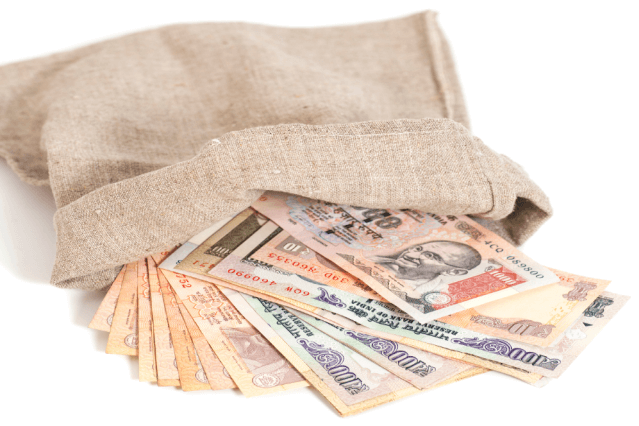
There are a few different concepts at play here.
1. Inflation
Covered Interest Rate Parity says that for the same credit quality, any higher rate will be eroded by inflation once you change back currencies at the end of the period.
The 8% return will come with a much higher rate of inflation, so don’t expect the real (i.e. inflation-adjusted) return to be different just because the number 8 is higher than the number 3.
In India, as little as five years ago, inflation was 12%. A year ago it was 5%, Three years ago 6%. It looks to be around 3% now right now, but you’re taking on inflation risk to get the higher return.
8% interest with inflation of 6% is no different to 3% interest with inflation of 1%.
2. Currency risk
Then there is uncovered interest rate parity anomaly where it deviates for a period of time.
If the AUD rises or the INR falls by more than the difference in the interest rate between the two countries, the Australian dollar value of your money will go down with it.
It’s true that in the other case, your money could rise in AUD terms, but your expected return does not increase, and increasing risk (range of possible outcomes) without a corresponding increase in expected return is an uncompensated risk. Why take a risk without an associated reward?
3. Credit risk
The above assumes equal credit quality. Any higher return beyond inflation will be for a reason – higher risk – in this case, higher credit risk. Bonds in emerging countries are much higher risk than in developed countries, and investors should consider bonds in emerging countries to be part of their risky asset allocation, not part of their safe asset allocation. They are not equivalent to fixed deposits from developed countries.
With developing countries, there are questions as to whether their central bank independence is a sham, whether they are lying about currency reserves, and if they have massive USD liabilities in the corporate sector. If they impose capital controls or taxes on these deposits, you’re stuffed. This is all on top of having counterparty risk to a set of local banks with poor credit quality.
There is no free lunch here. They are further up the risk-reward spectrum, just like corporate bonds and P2P lending. You should decide if you want security of your money or if you want a higher return with higher risk. You can also split it up into low and high-risk portions, but I would not keep it in Indian fixed deposits for the low-risk portion.
Final thoughts
You can move cash to India and get a higher rate on fixed-term deposits, but don’t assume this is a free lunch. I would expect inflation by way of long-term exchange rate and credit risk to account for this. You may get a higher return for a while this way, but you also may get a lower return or a loss this way. Don’t look at the interest rate in isolation.
